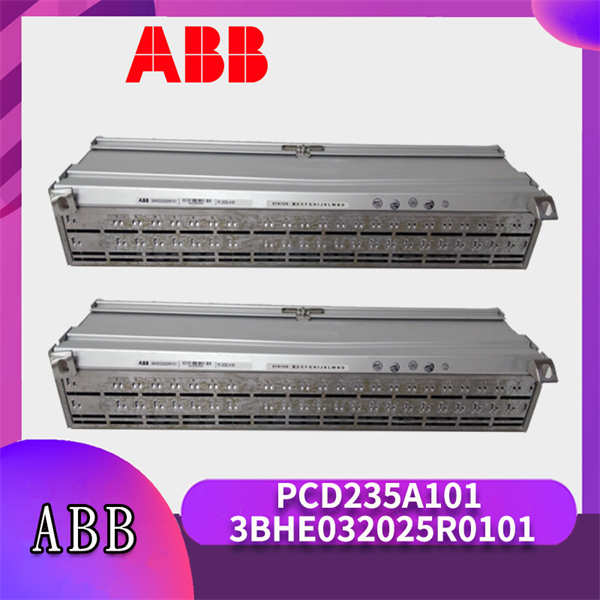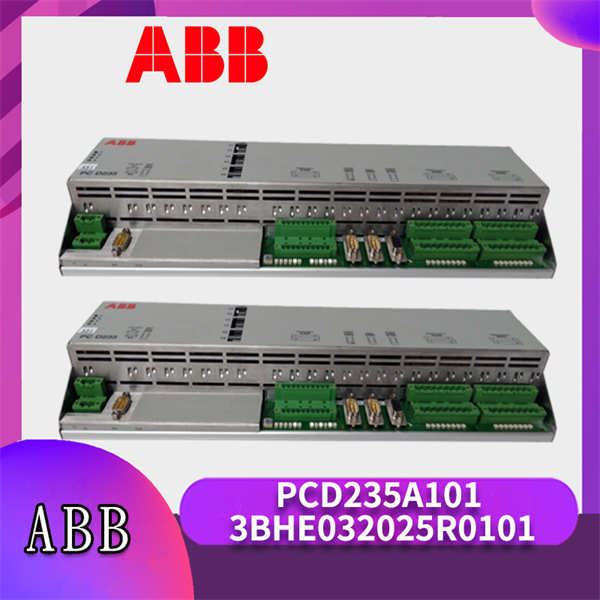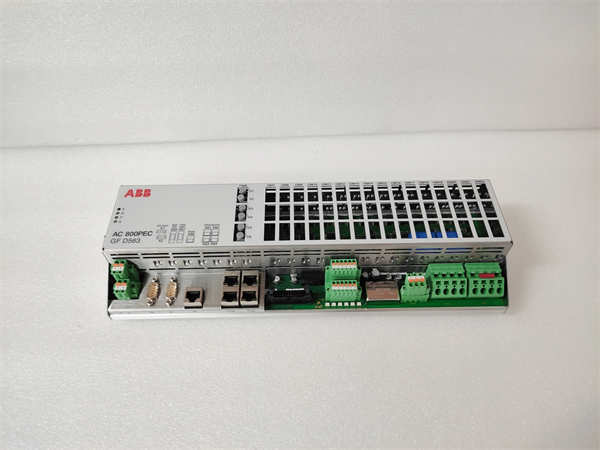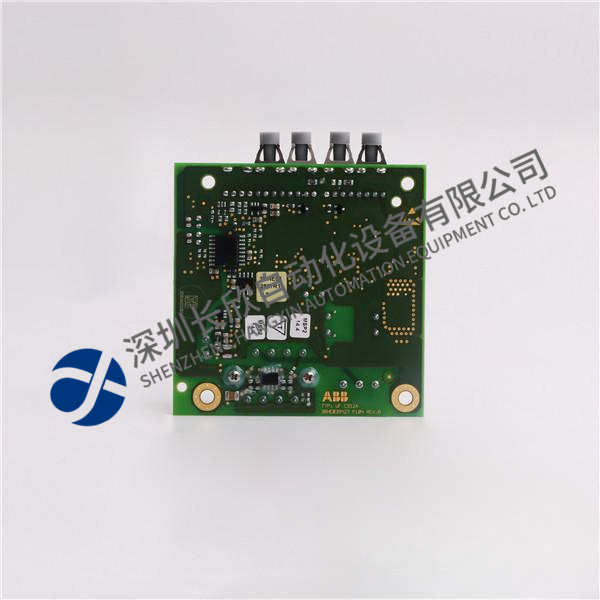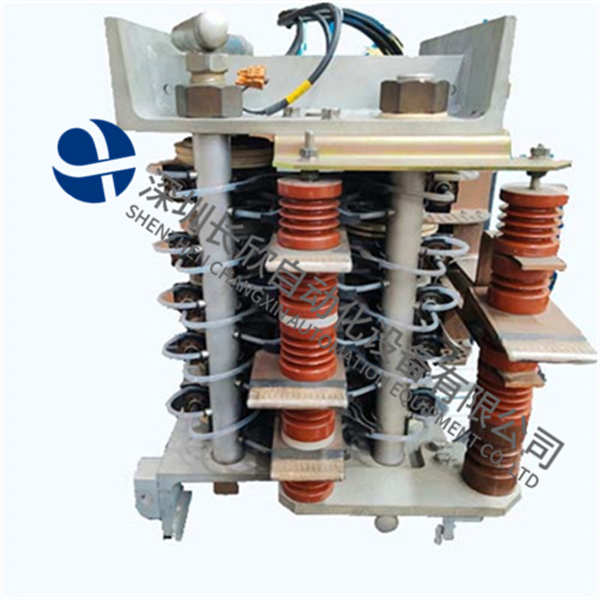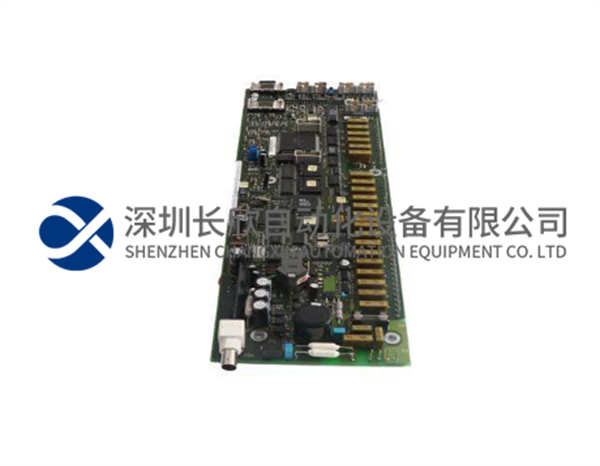描述
PCD235A101 3BHE032025R0101是ABB公司生产的励磁控制模块,具备高可靠性、多样化I/O配置及多协议通信能力,适用于电力系统稳定控制及工业自动化场景,以下为详细介绍:
核心功能
励磁控制
该模块主要用于控制发电机的励磁系统,通过调节励磁电流和电压,确保发电机在各种负荷条件下维持稳定的输出电压,保障电力系统的稳定性和可靠性。
精确控制
支持PID(比例-积分-微分)控制算法,可实现更精确和稳定的励磁控制效果,满足电力系统的动态需求。
实时监测与诊断
具备实时监测和故障诊断功能,可及时发现并解决励磁系统中的问题,提升系统的可维护性。
技术参数
电气特性
输入电压:支持110V至220V的电压范围,适应不同工业环境。
输出电流:额定输出电流12A,满足励磁系统的电流需求。
工作温度:典型工作温度为25℃,环境温度范围-25℃至+70℃,适用于多种极端环境。
I/O配置
数字输入:12个输入通道,兼容24V或48V信号。
数字输出:16个继电器输出通道,用于控制外部设备。
模拟输入:3个输入通道,支持+/-10V或+/-20mA范围。
模拟输出:3个输出通道,范围为+/-10V。
温度传感器接口:3个PT100或PTC温度传感器接口,支持温度测量。
通信接口
RS485接口:用于与其他设备通信,支持Modbus等协议。
光模块接口:支持3条光链路进行数据传输,适用于长距离、高带宽通信场景。
以太网接口:提供以太网通信能力,支持TCP/IP协议,便于与上位机系统集成。
应用场景
电力发电厂
用于控制发电机的励磁系统,确保电力系统的稳定性和可靠性,提升发电效率。
电力分配系统
调节电力分配系统中的电压和电流,保障电网的稳定运行,减少电压波动和功率损耗。
工业自动化
在工业自动化领域,用于控制振动设备(如振动筛、振动料斗、振动输送机等),优化生产流程,提高生产效率。
产品优势
高可靠性
采用工业级元器件,具备冗余电源输入和独立的看门狗功能,确保在恶劣工业环境下的长期稳定运行。
灵活配置
支持多种通信协议和I/O配置选项,可根据不同应用场景进行定制化配置,适应多样化的工业需求。
易于维护
提供实时监测和故障诊断功能,便于快速定位和解决问题,降低维护成本。
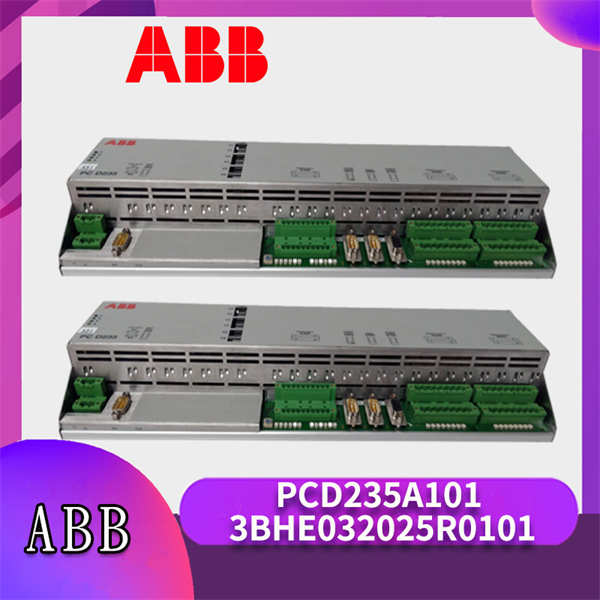
PCD235A101-3BHE032025R0101
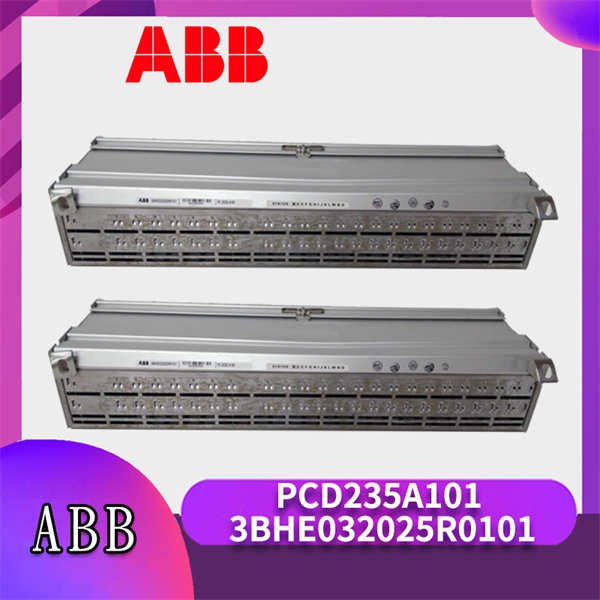
PCD235A101-3BHE032025R0101
PCD235A101 3BHE032025R0101 is an excitation control module produced by ABB.It has high reliability,diversified I/O configuration and multi-protocol communication capabilities.It is suitable for stable control of power systems and industrial automation scenarios.The following is a detailed introduction:
Core functions
Excitation control
This module is mainly used to control the excitation system of the generator.By adjusting the excitation current and voltage,it ensures that the generator maintains a stable output voltage under various load conditions and ensures the stability and reliability of the power system.
Precise control
Supports PID(proportional-integral-differential)control algorithm,which can achieve more accurate and stable excitation control effects to meet the dynamic needs of the power system.
Real-time monitoring and diagnosis
With real-time monitoring and fault diagnosis functions,it can promptly detect and solve problems in the excitation system and improve the maintainability of the system.
Technical parameters
Electrical characteristics
Input voltage:supports a voltage range of 110V to 220V,suitable for different industrial environments.
Output current:The rated output current is 12A,which meets the current requirements of the excitation system.
Working temperature:The typical working temperature is 25℃,and the ambient temperature range is-25℃to+70℃,which is suitable for a variety of extreme environments.
I/O configuration
Digital input:12 input channels,compatible with 24V or 48V signals.
Digital output:16 relay output channels for controlling external devices.
Analog input:3 input channels,supporting+/-10V or+/-20mA range.
Analog output:3 output channels,with a range of+/-10V.
Temperature sensor interface:3 PT100 or PTC temperature sensor interfaces,supporting temperature measurement.
Communication interface
RS485 interface:used to communicate with other devices,supporting Modbus and other protocols.
Optical module interface:supports 3 optical links for data transmission,suitable for long-distance,high-bandwidth communication scenarios.
Ethernet interface:provides Ethernet communication capabilities,supports TCP/IP protocol,and is easy to integrate with the host computer system.
Application scenarios
Power plant
Used to control the excitation system of the generator to ensure the stability and reliability of the power system and improve the power generation efficiency.
Power distribution system
Adjust the voltage and current in the power distribution system to ensure the stable operation of the power grid and reduce voltage fluctuations and power loss.
Industrial automation
In the field of industrial automation,it is used to control vibration equipment(such as vibrating screens,vibrating hoppers,vibrating conveyors,etc.),optimize production processes,and improve production efficiency.
Product advantages
High reliability
Adopt industrial-grade components,with redundant power input and independent watchdog function to ensure long-term stable operation in harsh industrial environments.
Flexible configuration
Supports a variety of communication protocols and I/O configuration options,which can be customized according to different application scenarios to meet diverse industrial needs.
Easy to maintain
Provide real-time monitoring and fault diagnosis functions to facilitate rapid location and resolution of problems and reduce maintenance costs.

